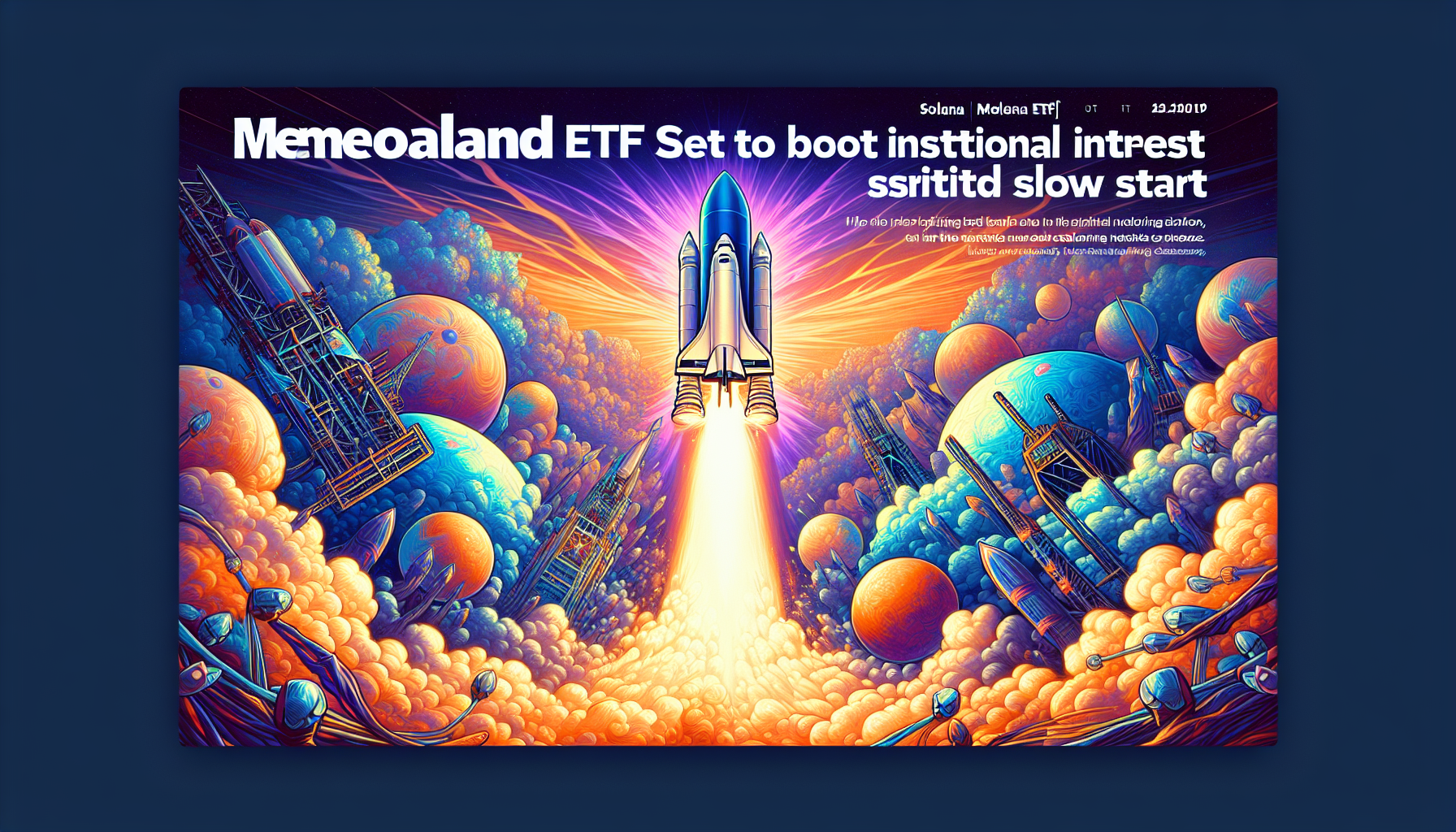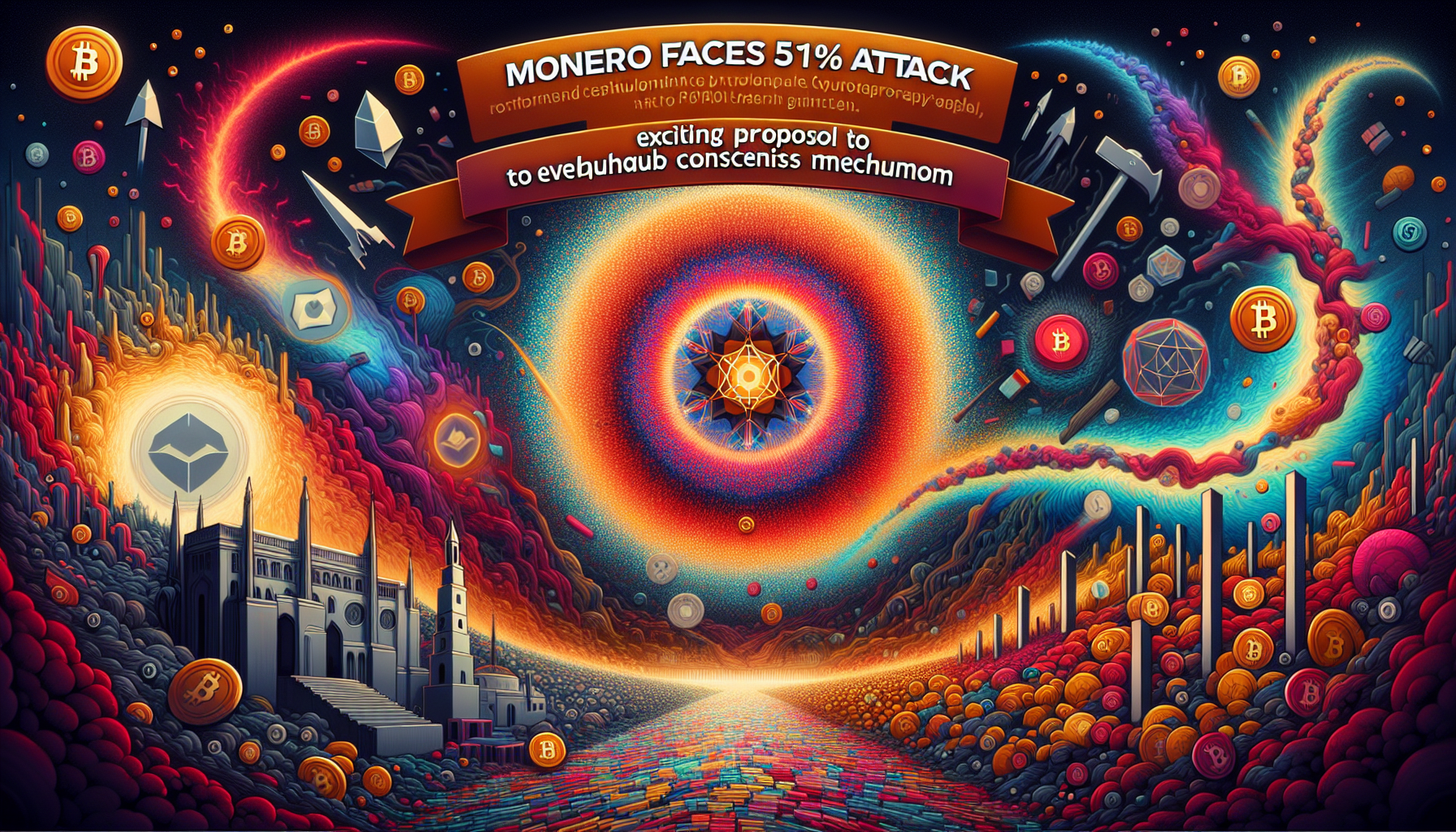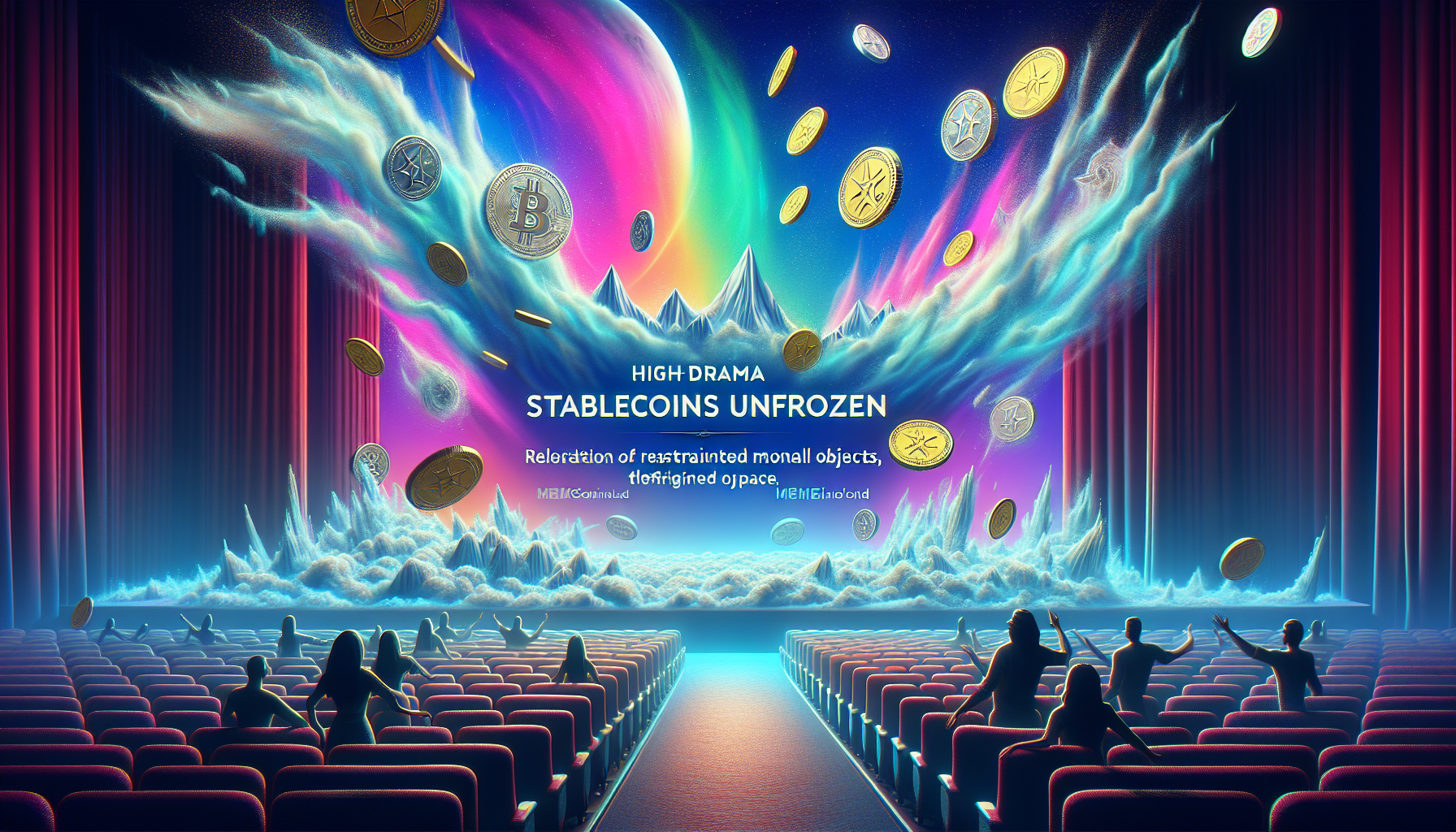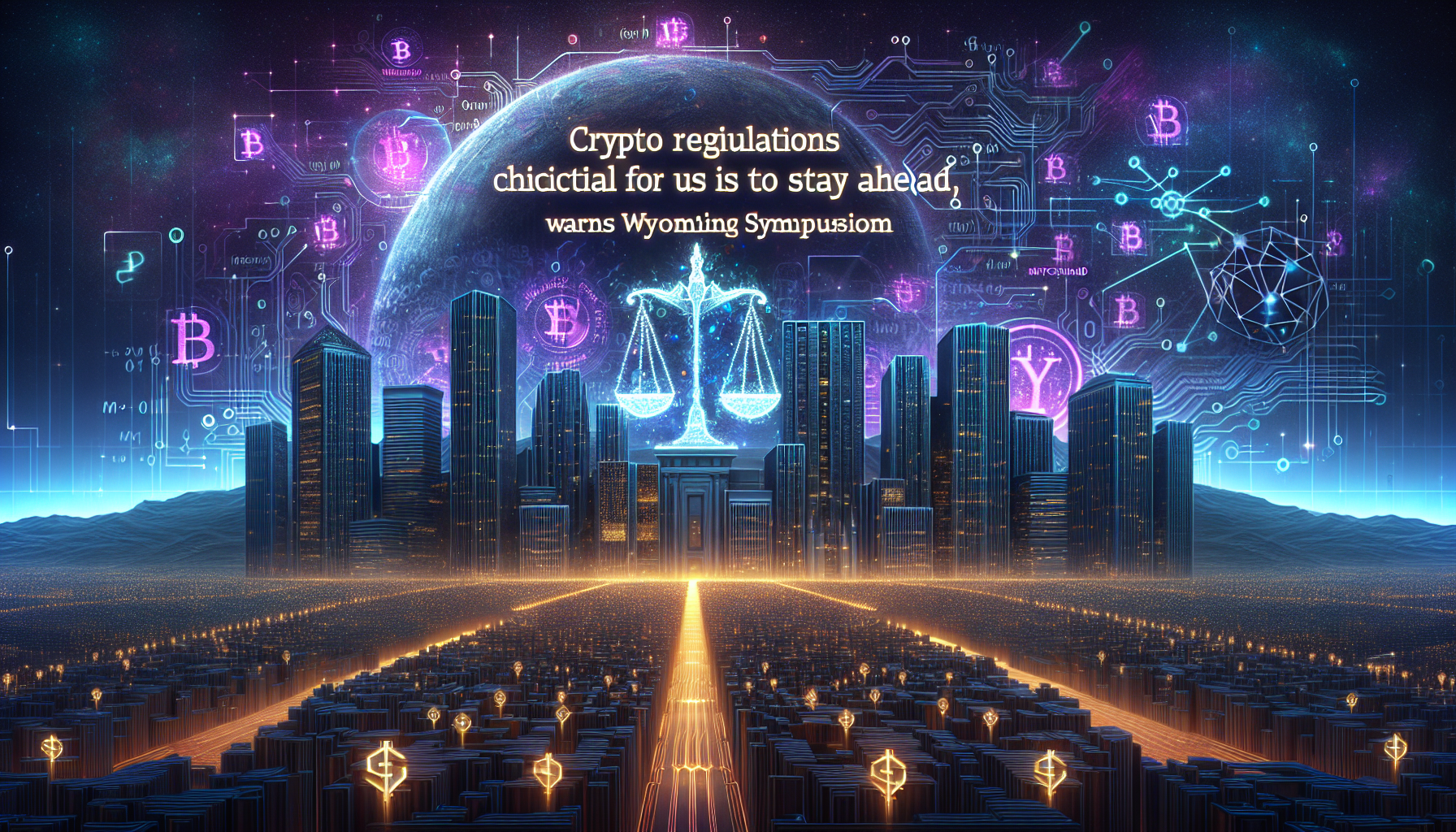 The crypto world is buzzing with excitement as the first-ever Solana futures exchange-traded fund (ETF) is about to make its grand debut. This groundbreaking move could be the stepping stone towards a Solana spot ETF, marking a significant milestone in the evolution of crypto-based trading products.
The crypto world is buzzing with excitement as the first-ever Solana futures exchange-traded fund (ETF) is about to make its grand debut. This groundbreaking move could be the stepping stone towards a Solana spot ETF, marking a significant milestone in the evolution of crypto-based trading products.
Volatility Shares is leading the charge by launching two Solana futures ETFs: the Volatility Shares Solana ETF (SOLZ) and the Volatility Shares 2X Solana ETF (SOLT), set to hit the market on March 20. This launch is not just a new product; it’s a potential game-changer for Solana’s market position, says Ryan Lee, chief analyst at Bitget Research.
Lee believes that these ETFs could catapult Solana into the spotlight, increasing demand and liquidity for the SOL token. This move might even help Solana close the gap with Ethereum’s market cap, offering a regulated investment vehicle that could attract billions in capital. However, Ethereum’s well-established ecosystem remains a formidable competitor.
Despite the excitement, some industry insiders are cautious. They worry that the Solana futures ETF might not see the inflows expected, similar to what happened with the spot Ether ETF, which played second fiddle to Bitcoin ETFs in terms of investor interest. Bloomberg’s senior ETF analyst, Eric Balchunas, has echoed these concerns.
Yet, the introduction of a Solana futures ETF is a significant step in legitimizing Solana as a top-tier cryptocurrency. The move comes after US President Donald Trump announced that Solana would be included in the US crypto strategic reserve, alongside Cardano and XRP.
Anmol Singh, co-founder of Bullet, a Solana-native perpetual futures decentralized exchange, sees this as paving the way for broader adoption. He suggests that while the futures ETF might see moderate inflows, the real milestone will be a spot ETF, which offers better exposure.
The anticipation is building for a spot Solana ETF, which could attract between $3 billion to $6 billion in net assets within its first six months, potentially surpassing Ether ETFs’ adoption rate. A JPMorgan report supports this optimistic outlook.
However, patience will be key. Bloomberg Intelligence analyst James Seyffart notes that the timeline for a spot Solana ETF could stretch into 2026 due to regulatory review processes by the SEC.
In conclusion, while the Solana futures ETF might face initial challenges in terms of inflows, it represents a crucial step towards broader institutional adoption and market recognition. The crypto community is watching closely as this development unfolds, eager to see if Solana can indeed become a formidable player alongside Ethereum and Bitcoin.




